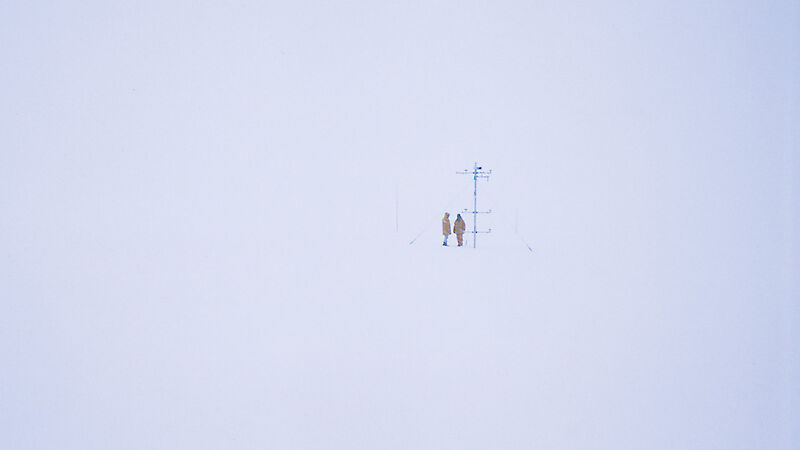Over the past two years, the AAD has been investigating the possibility of implementing an air transport system. An air transport system would transfer expeditioners to and from Antarctica with the aim of providing access to the ice more rapidly and more often. Investigations commenced with the research of and writing of a ‘Scoping Study’ which examined all the different aircraft, airfield and routing options. Later, after field studies during the 1999–2000 summer season, a report entitled 1999–2000 Investigations was released. This report recommends that an inter-continental air transport link be developed between Hobart and a compressed snow runway in the Casey area. It also recommends that an airfield at Bunger Hills be used as an 'alternate' and that further monitoring be carried out of snow and ice conditions in the Davis area. The report recommends that smaller aircraft be used to transfer expeditioners from Casey to Davis, Mawson and remote field locations.
The next stage of the air transport investigation is to identify a provider or providers who could carry out the various tasks associated with the system. These tasks include construction of the airfield itself, provision of all the facilities that would be required (for example, accommodation at the airfields, fire fighting equipment, navigation equipment and airfield marking) and of course, provision of the aircraft themselves. The tendering process for the facilities has commenced. It is a two-stage process, consisting of an ‘expression of interest’ stage and a final tender stage. Six companies that are tendering to provide the aircraft have been selected from the ‘expression of interest’ stage. These companies were invited to send representatives to visit Casey on Voyage 5 during the 2000–01 season, and three of the companies were able to take up this opportunity. They were shown the station, including an examination of the infrastructure available, and they visited two proposed sites for the compressed snow runway inland of Casey.
The second ‘tender’ stage will be carried out during 2001. Also during 2001 risk and cost benefit analyses, including environmental impact assessments, will be carried out, so that by the end of the year a final decision on the implementation of the system can be made. If the decision is to proceed, construction of the runway in the Casey area could commence next summer season.
Jo Jacka
Air Transport Study Project Manager,
Australian Antarctic Division

